Blue brands cater to a diverse group of audiences from different backgrounds and levels of ability. For example, government agencies will often promote services, campaigns and ideas in different languages for culturally and linguistically diverse (CALD) audiences. But did you know there are steps you can take to make your social media presence more accessible to those with a disability?
What is social media accessibility?
Social media accessibility involves creating and designing content on social media platforms in a way that ensures a seamless and inclusive experience for all users. This includes considerations for users who may have visual, auditory, cognitive or motor impairments.
In Australia, 1-in-6 people are living with a disability. Social media can become frustrating for users with unique needs because if content is not accessible, it makes it difficult to engage and access critical information.
So how can you ensure your social media is more inclusive? Here are some guidelines to consider for your social media strategy…
1. Always add alt text to images
Alternative text, or ‘alt text’ as it’s more commonly known, is an informative description of text for images so that a screen reader can convey the content to visually impaired users. (A screen reader is an assistive technology that reads the description to people with vision impairments).
The use of alt text also offers benefits for your search engine ranking because it provides search engines with contextual information about the content on the page.
- How to add alt text on Facebook
- How to add alt text on Instagram
- How to add alt text on LinkedIn
- How to add alt text on X (Twitter)
- How to add alt text on Pinterest
- How to add alt text on TikTok (videos)

2. Add closed captions or subtitles to your videos
Adding subtitles to videos should be a given, as most people will scroll through Facebook or Instagram with the sound off. But for those with hearing loss or cognitive disabilities, it’s even more important because it helps them understand the content in your video.
It’s also another boost for your search engine optimisation (SEO). Google crawls through your transcripts and captions which increases your keyword density.
- How to add captions on Facebook
- How to add captions on Instagram
- How to add captions on TikTok
- How to add captions on YouTube
- How to add captions on X (Twitter)
3. Make your post copy accessible
When you’re writing the copy for a social media post, think about how easy it is to read the text. Not just from a language point of view, but visually as well. Here are some best practices for accessible text:
- Write in plain language. Avoid using jargon or technical terminology.
- Format your hashtags in Pascal Case (i.e. capitalising the first letter of each word #LikeThis).
- Avoid using ALL CAPS or aLtErNaTiNg CaPs. That’s so 2004…
- Put all of your mentions and hashtags at the end of your post to help with the flow, particularly for screen readers.
- Spell abbreviations and acronyms first to avoid confusion and add full stops between them, for example, search engine optimisation (S.E.O).
4. Make your visuals accessible
Like your post copy, there are a number of ways you can make your visuals more accessible for people with photosensitivity or colour-blindness.:
- Use high contrast to make the text easy to read on your background. Use the 4:5:1 contrast.
- Avoid excessive use of text.
- Avoid animations or GIFs with flashing or excessive movement.
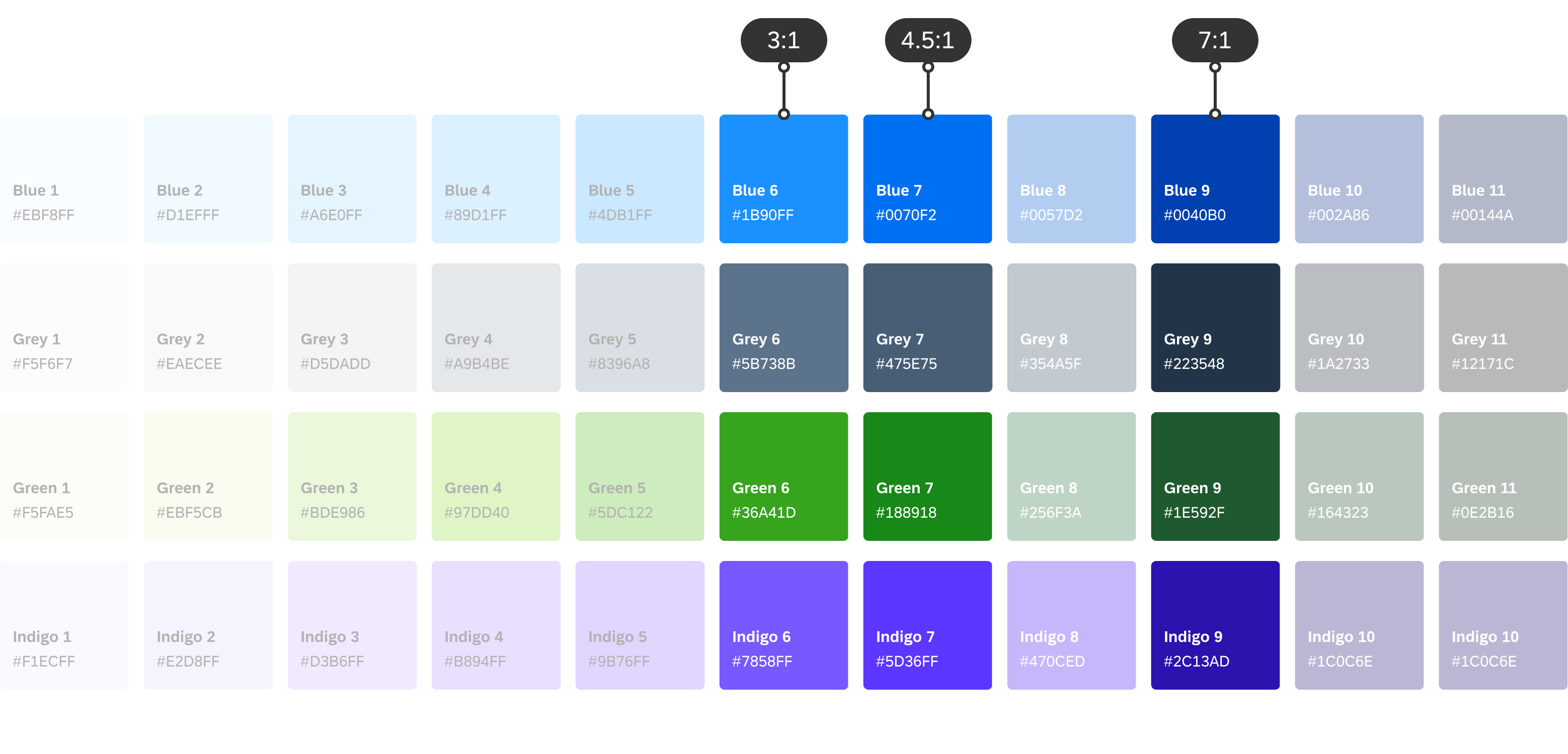
Source: SAP
5. Keep the emojis to a minimum
We love an emoji, but when they’re overdone it can be very frustrating for those with a vision impairment. Every emoji has a description assigned to it and sometimes emojis are used to convey something different to its literal meaning. For example, using emojis as bullet points.
All content needs to be accessible, especially content about accessibility. Resources about accessibility miss the mark if they are too dense, technical, or overwhelming. Accessibility has many layers and nuances, but content about accessibility still needs to be accessible.
— Accessibility Awareness (@A11yAwareness) July 1, 2024
By incorporating accessibility to your social media strategy, you can make your channels a more welcoming and inclusive space for people with a disability.
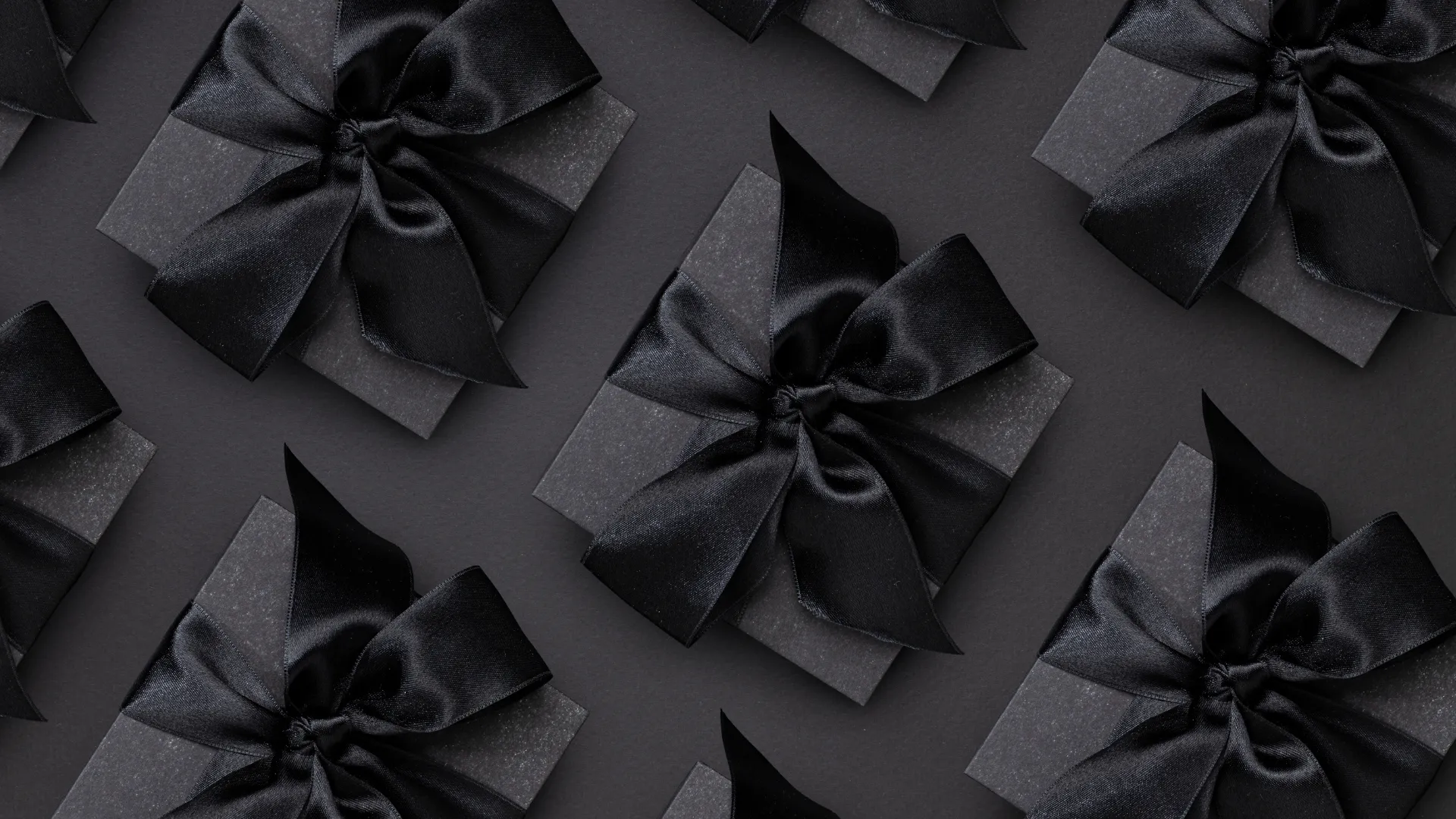
Once upon a time, Black Friday was a single weekend event that followed Thanksgiving in the U.S. It's basically their version of Boxing Day sales but with [...]

People are opening your emails. They’re clicking your links. But… they still haven’t converted. You're first reaction is probably, "My emails aren't working." But that's not actually [...]

We’ve entered a new era of marketing - one where your content is no longer just read by people. It’s interpreted by AI. From Google’s Search Generative [...]

For months, we’ve all been wondering what the future holds for Google Ads with AI Overviews and the new AI Mode changing the way people interact with [...]

It’s not your imagination - social media feels a little quieter these days. Posts that once racked up likes, comments and shares are now met with a [...]
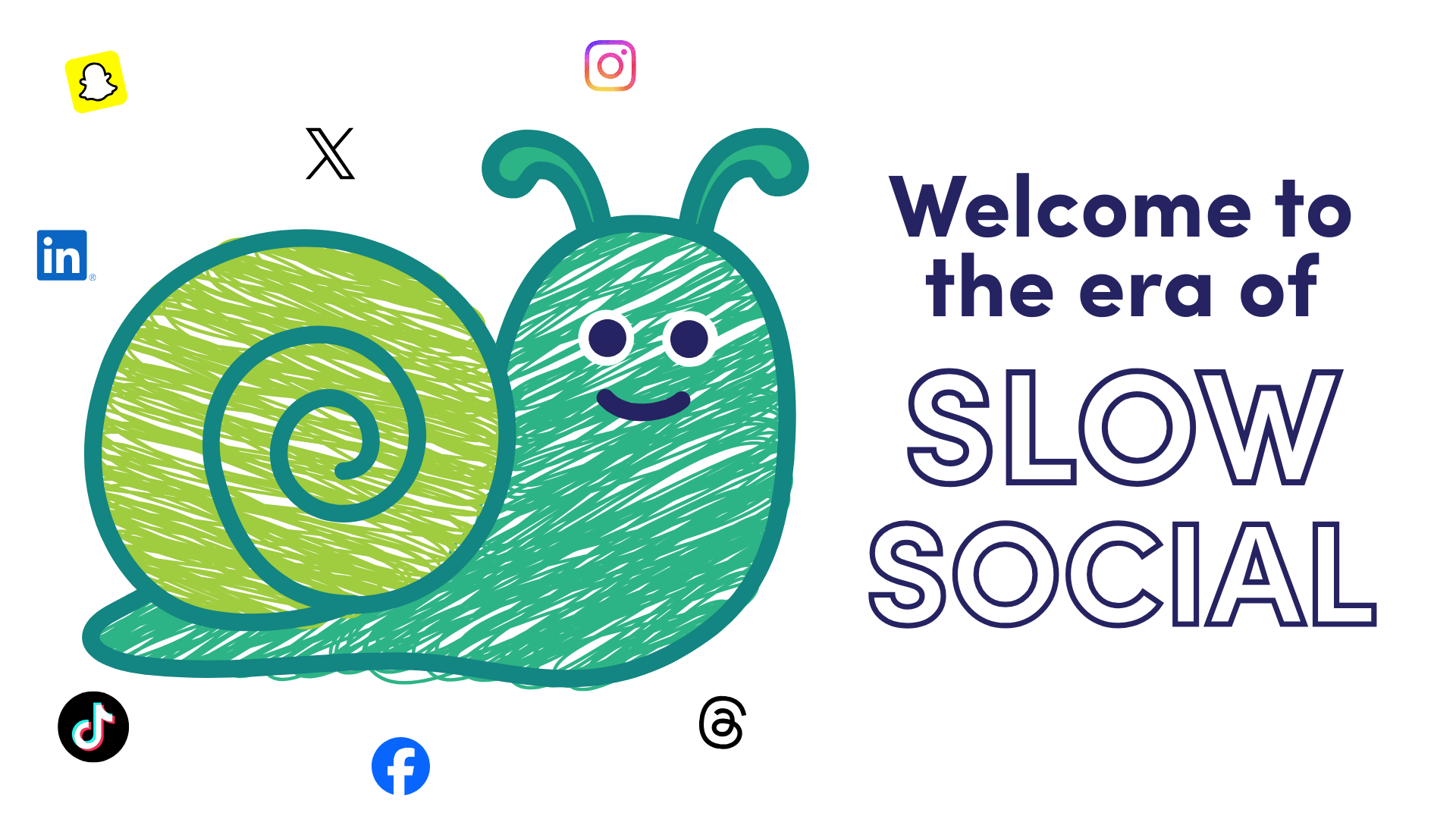
Something has shifted online this year, and if you work in marketing, you’ve felt it. Feeds feel noisier, yet somehow emptier. Search results loop endlessly. Trends peak [...]

Engaging with your audience may be more powerful than most social media teams realise. A new data study from Buffer has revealed that responding to comments on social [...]

Once upon a time, Black Friday was a single weekend event that followed Thanksgiving in the U.S. It's basically their version of Boxing Day sales but with [...]

People are opening your emails. They’re clicking your links. But… they still haven’t converted. You're first reaction is probably, "My emails aren't working." But that's not actually [...]

We’ve entered a new era of marketing - one where your content is no longer just read by people. It’s interpreted by AI. From Google’s Search Generative [...]

For months, we’ve all been wondering what the future holds for Google Ads with AI Overviews and the new AI Mode changing the way people interact with [...]

It’s not your imagination - social media feels a little quieter these days. Posts that once racked up likes, comments and shares are now met with a [...]
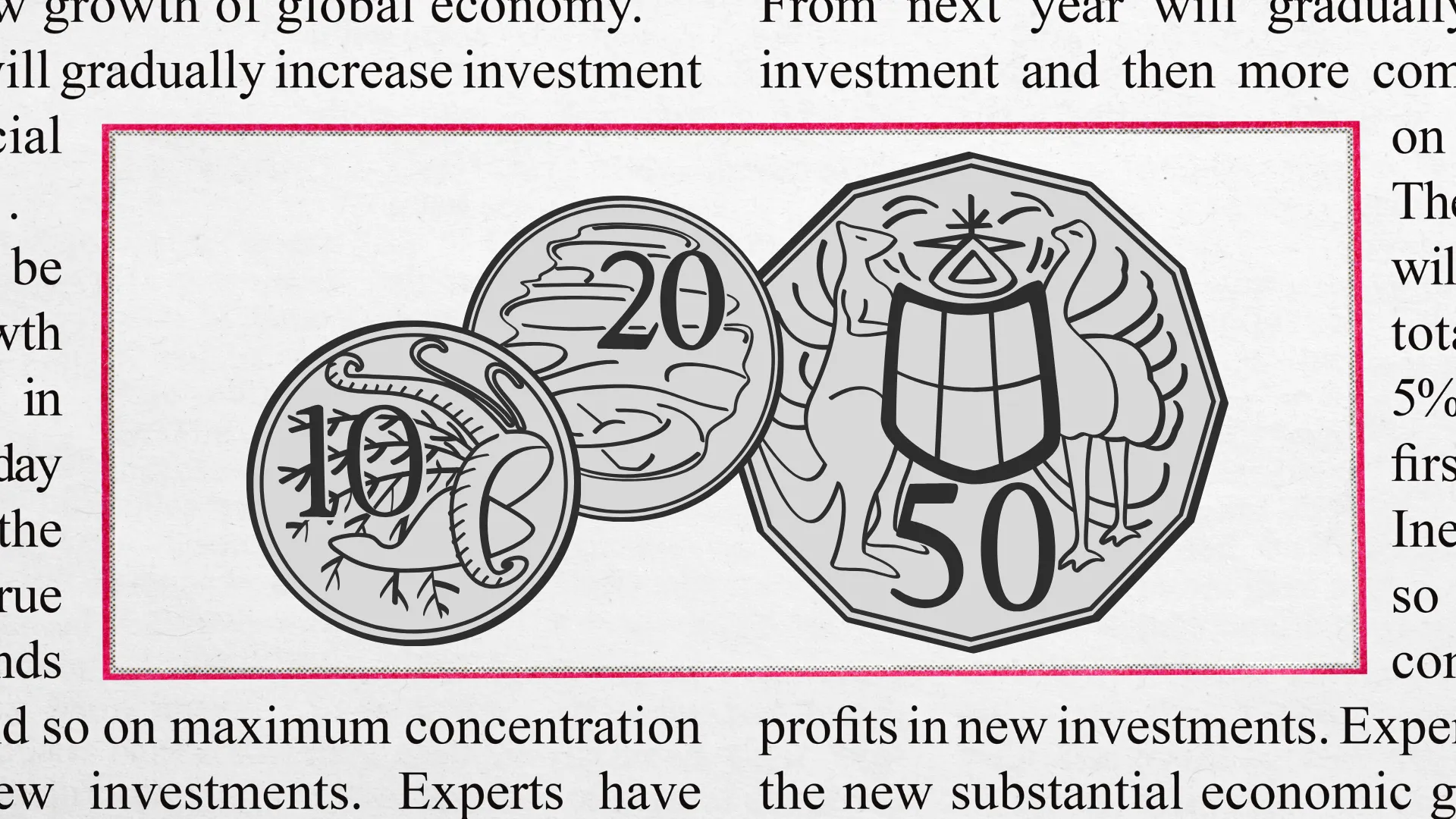
Congratulations. You’ve already beaten the odds. On average, 8 out of 10 people will read the headline of a piece of content - but only 2 out [...]

AI tools like ChatGPT, Google Gemini and Perplexity are quickly becoming part of how people discover websites. Instead of searching Google directly, users are asking AI tools [...]
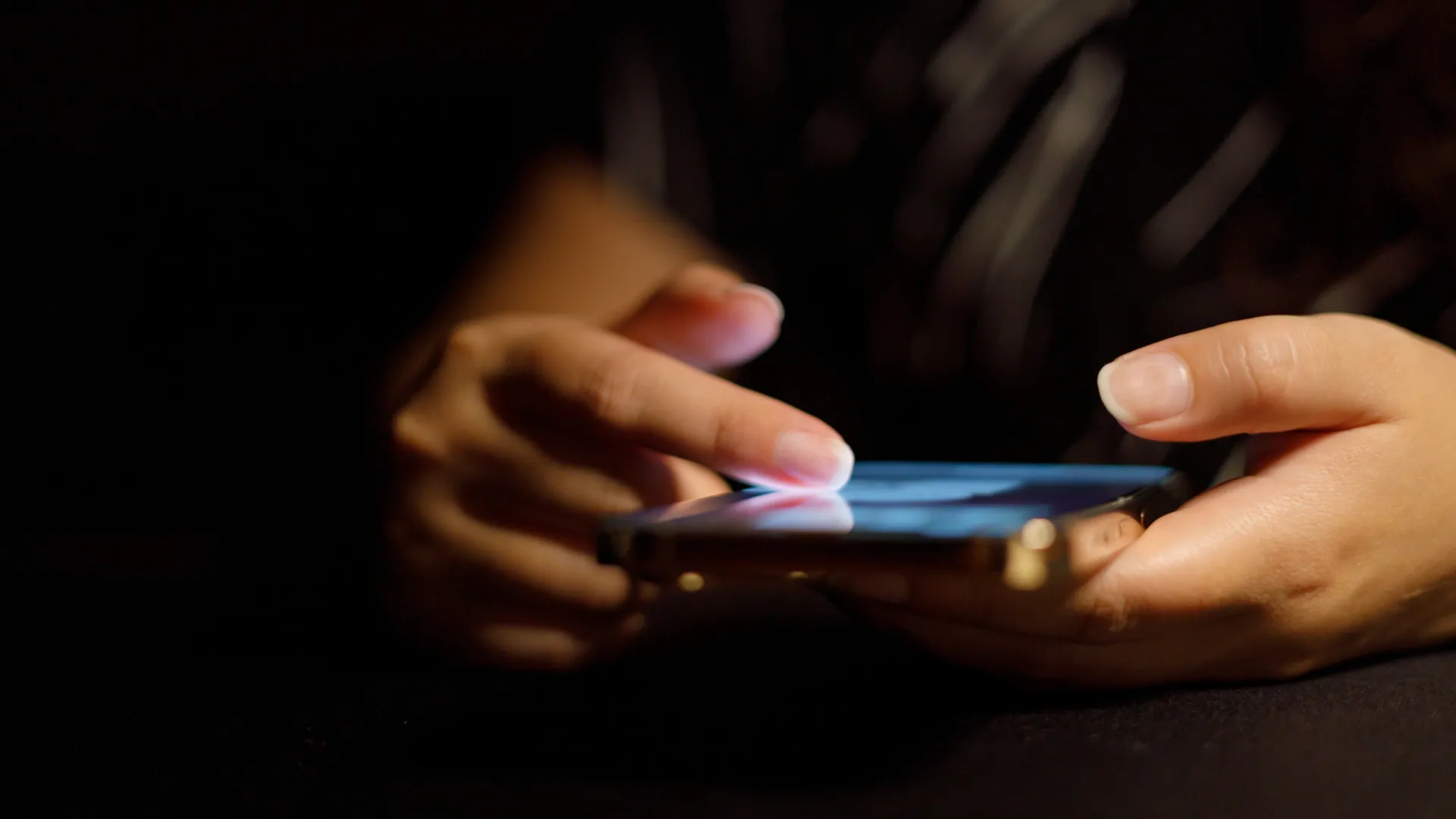
We often hear that attention spans are decreasing, particularly among Gen Z. Social media platforms like TikTok and Instagram are often blamed, with headlines suggesting that endless [...]

